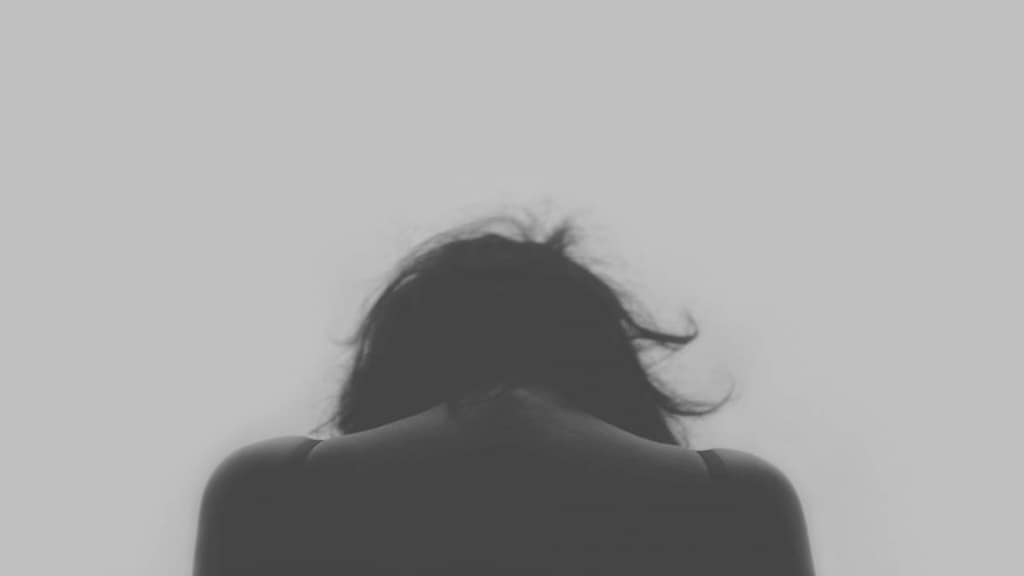
What is vulvodynia?
Vulvodynia is chronic pain or discomfort around the opening of the vagina (vulva) that lasts for at least three months. The condition is reasonably common; however, few women discuss it with their doctor.
What causes vulvodynia?
Experts have been unable to identify exactly what causes vulvodynia, but it may be associated with:
- Allergies
- Genetic factors
- Frequent antibiotic use
- Hormonal changes
- Hypersensitivity to yeast infections
- Infection
- Muscle spasms
- Nerve injury or irritation
- Sexual abuse
- Trauma.
The vulva is the external female genital organ and includes the labia, clitoris, and vaginal opening.
There are two main types of vulvodynia:
- Generalized vulvodynia: Pain occurs in different areas of the vulva at different times. It may occur constantly or just occasionally. Touch or pressure generally makes the pain worse
- Localized vulvodynia: Pain occurs in just one area of the vulva and is more likely to feel burning. Usually provoked by touch or pressure such as intercourse or prolonged sitting.
What are the symptoms of vulvodynia?
Symptoms of vulvodynia usually occur suddenly and may include:
- Pain, burning, stinging, or irritation around the vulva
- Aching, soreness or throbbing
- Itching
- Painful intercourse (dyspareunia).
Symptoms may occur constantly or after exercise, intercourse, inserting tampons or bicycling. The vulva may look a bit inflamed or swollen but, in many women, it appears normal.
Vulvodynia may also cause emotional problems, such as anxiety, depression, sleep disturbances, sexual dysfunction, and relationship problems.
How is vulvodynia diagnosed?
See your doctor if you have symptoms that are suggestive of vulvodynia. Unfortunately, some healthcare providers may not be familiar with this condition and you may need to try a different doctor. Your doctor will ask you about your history, perform a pelvic examination, and may conduct some tests just to rule out other conditions.
How is vulvodynia treated?
Treatments for vulvodynia may include:
- Local anesthetics, such as lidocaine
- Topical estrogen creams
- Tricyclic antidepressants
- Anti-inflammatory agents including steroids
- Nerve blocks
- Botox
- Physical therapy including pelvic floor therapy
- Biofeedback
- Transcutaneous electrical nerve stimulation
- Surgery
- Self-help measures, such as avoiding irritants, avoiding hot tubs, wearing 100% cotton underwear, avoiding foods that make the urine more irritating.




